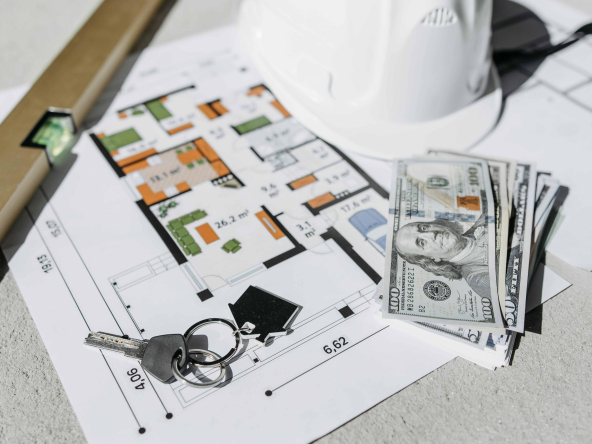Understand the Real Estate Market in Kenya: Trends, Opportunities & Risks
The real estate market in Kenya is one of the most dynamic in Africa, offering opportunities for homebuyers, investors, and developers alike. Whether you’re purchasing a family home in Kileleshwa or investing in a commercial block in Westlands, understanding the market’s drivers and trends can mean the difference between a profitable decision and a costly mistake.
1. How Kenya’s Real Estate Market Works
Kenya’s property sector is influenced by a mix of economic, demographic, and policy factors:
-
Population growth & urbanisation: Nairobi’s population has grown steadily, increasing demand for housing in areas like Syokimau, Ruiru, and Ngong Road.
-
Infrastructure projects: Roads like the Southern Bypass and the Standard Gauge Railway have opened new investment zones.
-
Mortgage availability: Though mortgage uptake remains low (fewer than 30,000 active accounts, CBK 2023), emerging products are improving access.
-
Government policy: Affordable Housing Program and tax incentives have boosted development activity.
2. Current Trends: Nairobi vs Other Counties
-
Nairobi: High demand in satellite towns (e.g., Kitengela, Athi River) due to affordability and improved transport. Apartments dominate the urban market.
-
Other counties: Mombasa sees demand for holiday homes; Kisumu’s lakeside developments attract diaspora investors.
-
Data snapshot (HassConsult Q1 2024): Average apartment price in Nairobi rose 6.3% year-on-year, with highest gains in Kilimani and Lavington.
3. Key Market Indicators to Watch
-
Price per square metre (SQM): A 3-bedroom apartment in Kilimani averages KES 125,000/SQM.
-
Rental yields: Nairobi averages 6–8% annually, higher in serviced apartments.
-
Occupancy rates: High-end areas like Karen see lower vacancy compared to emerging suburbs.
4. Risks and Opportunities
Opportunities:
-
Off-plan purchases in growth corridors.
-
Mixed-use developments near new infrastructure.
-
Serviced apartments for short-term stays.
Risks:
-
Overpriced units in oversupplied segments.
-
Titles with legal disputes.
-
Inflation affecting construction costs.
5. How Neshpal Monitors the Market
Our team analyses data from KNBS, CBK, and private sector reports, while gathering on-the-ground insights from Nairobi’s active developments. This ensures clients receive accurate, up-to-date advice before committing to a purchase or sale.
6. Four Tactical Tips for Buyers & Investors
-
Research micro-locations – Not just the suburb, but the exact street and access routes.
-
Check future infrastructure plans – Roads, schools, and shopping centres can greatly influence value.
-
Negotiate with data – Use price per SQM benchmarks to guide offers.
-
Work with a licensed broker – Avoid unverified agents to reduce risk.
FAQ
Q1: Is now a good time to buy property in Nairobi?
A1: With infrastructure growth and rising demand, well-located properties are a good long-term investment.
Q2: What is the average rental yield in Nairobi?
A2: Typically 6–8% annually, depending on location and property type.
Q3: How can I tell if a property is overpriced?
A3: Compare price per SQM with similar properties in the same area and check historical trends.




